It's well documented that the long term survival rates of dental 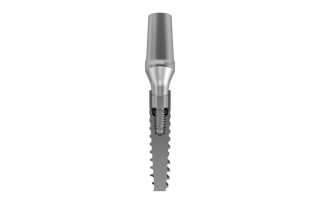
implants are excellent and as such, are proven to be a reliable treatment option for oral rehabilitation. Yet research also shows that primary implant failure caused by insufficient osseointegration can occur in 1-2% of patients within the first few months. Subsequent studies have also shown that patients over the age of 50, will usually witness a faster decrease in bone mineral content and local bone quality than younger patients. This is thought to be around 1.5% per year in women and 0.9% per year in men
Of course, providing oral rehabilitation to patients with healthy bone means that for many, rapid loading protocols are easily and readily available; perhaps however, the real challenge for the dental industry is to be able to provide these same options to those older patients with lower levels of bone mass density.
Much of the research in this field is centered on investigating better bioactive surface modifications that accelerate the osseointegration process. The question is...can improvements in dental implant design really overcome the problematic issues of successful osseointegration in patients with severely compromised bone?
Early results would suggest a positive outcome...
It's only over the last decade that the industry has seen a seismic shift from investigating improvements in dental implant design, to research and subsequent clinical trials detailing the osteoinductive potential of implant surfaces. Now as more knowledge is being obtained about how bone tissue reacts when biocompatible materials are placed, the changes to implant topography, the improvements in hydrophilicity, and the development of new outer coatings mean that enhanced osseointegration in compromised (as well as in those with healthy bone) is thought to be entirely possible.
Therefore, in addition to improvements in cylindrical or tapered shaping - thread design and abutment connection (known as macro-topography), the roughness of an implant surface area (micro-topography), and modifications in nanotechnology – are all thought to have a positive impact on the osseointegration process.
Macro-technology
In recent years while the bulk of scientific effort has been focused around micro and nanotechnology, let's not forget that ideal macro-geometry combined with sufficient implant drill preparation is always the fundamental basis for any type of clinical success. Variations and spacing between inner and outer threads for example, are just as important for initial stability as the surface area of an implant is for successful osseointegration. As such, designs in implant geometrics have now advanced to the stage where they can overcome the problem of the implant stability dip and provide a quicker, more stable fit.
Micro-topography
Modifications in micro-topography have also changed. Up until the 1990's, dental implants were mostly machine turned to show a milled, polished surface area. However it was discovered that certain imperfections in the process enabled osteogenic cells to attach and deposit tiny quantities of bone, thus providing a near perfect bone-to-implant surface. Soon after, experiments were carried out on various implant surfaces and techniques such as acid etching and sand/grit blasting were tested with encouraging results.
Macro-Micro technology – The limitations
While both macro and micro level surface features have proven their abilities in biological and 'in vivo' trials, the fact remains that any significant macro and micro scale features can only ever have an indirect impact on cellular activity, therefore limiting their significance in affecting the overall performance. Instead it's thought that the real interaction between implant material and bone tissue is principally caused by nanotechnological modifications to the implant surface. But why?
Nanotechnology – The Real Deal!
Tiny surface modifications have been clinically proven to affect various cell processes such as alignment, differentiation, migration, and proliferation. Therefore it's strongly believed that if these modifications are perfected and incorporated into a dental implant design, they will result in a speedier osseointegration process; but how is this achieved?
To modify implant surfaces at a nanoscale level, both chemical and physical methods are used. The principle functions are to improve peri-implant osteogenesis, enhance wear resistance, boost resistance to corrosion and remove any surface contaminants. Treatments include:
- Anodic oxidation
- Alkali treatment
- Acid treatment
- Sol gel treatment
- Chemical etching
- Plasma spraying,
- Sputtering (the ejection of atoms and molecules from the site resulting in the deposition of a thin bio-ceramic film)
- Ion implantation
- Application of calcium phosphate (CaP) coatings
While numerous clinical trials show that nanosurface modification can indeed aid dental implant design, the empirical nature of the manufacturing process means that a standardized approach to replicating the 'ideal' topography is lacking.
That said, implant companies are investing heavily in nanotechnology and are seeing some great results. So where does that leave dentists?
When choosing an implant system, numerous trials suggest that the 'right' dental implant design has the proven ability to rehabilitate patients with greater success and with predictable rates of survival - even in challenging conditions. For this reason the importance of asking for clinical and scientific evidence cannot be underestimated and considerations such as previous success and simplicity of use should also be taken into account.
Here at Adin Dental Implant Systems we're happy to provide proof of success, so why not talk to our team about how our OsseoFix surface treatment technology can help you and your patients achieve a better, more predictable outcome.




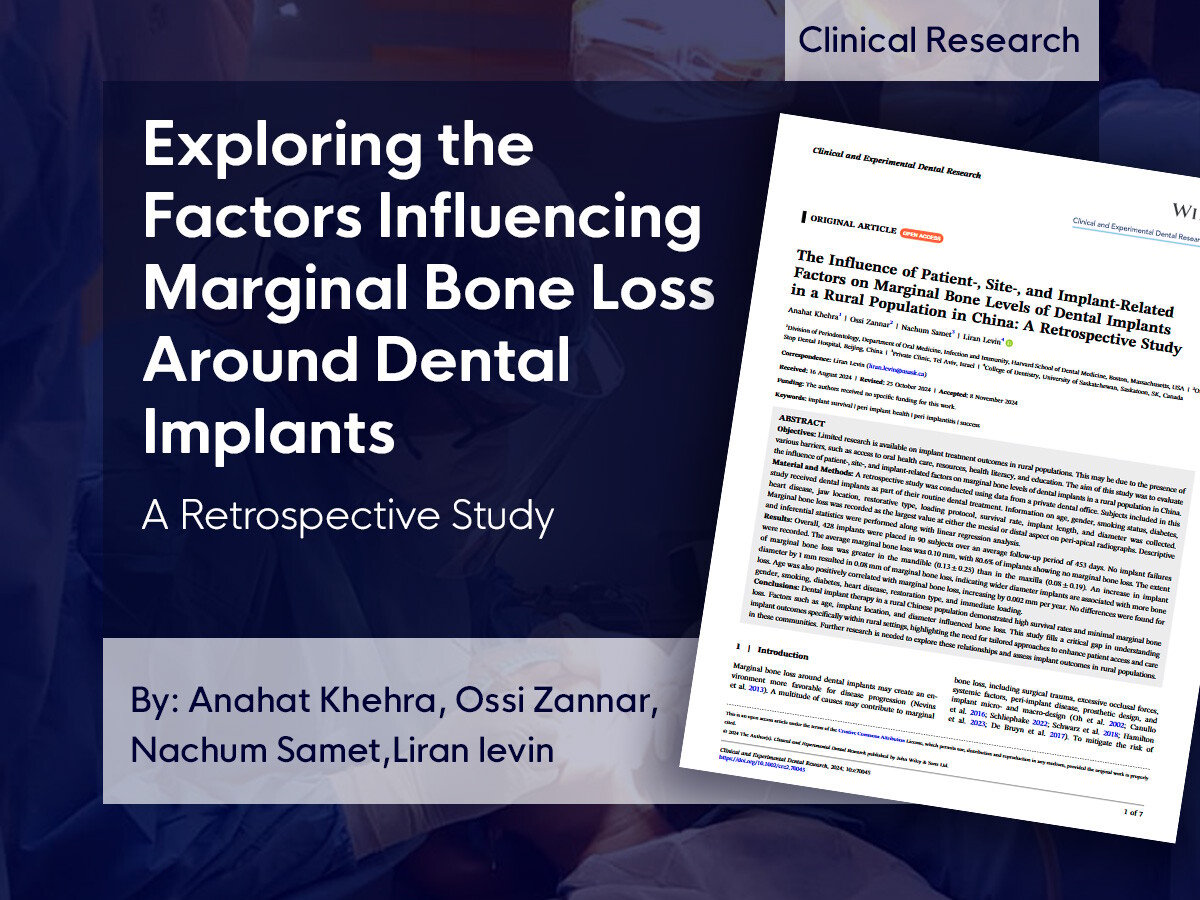
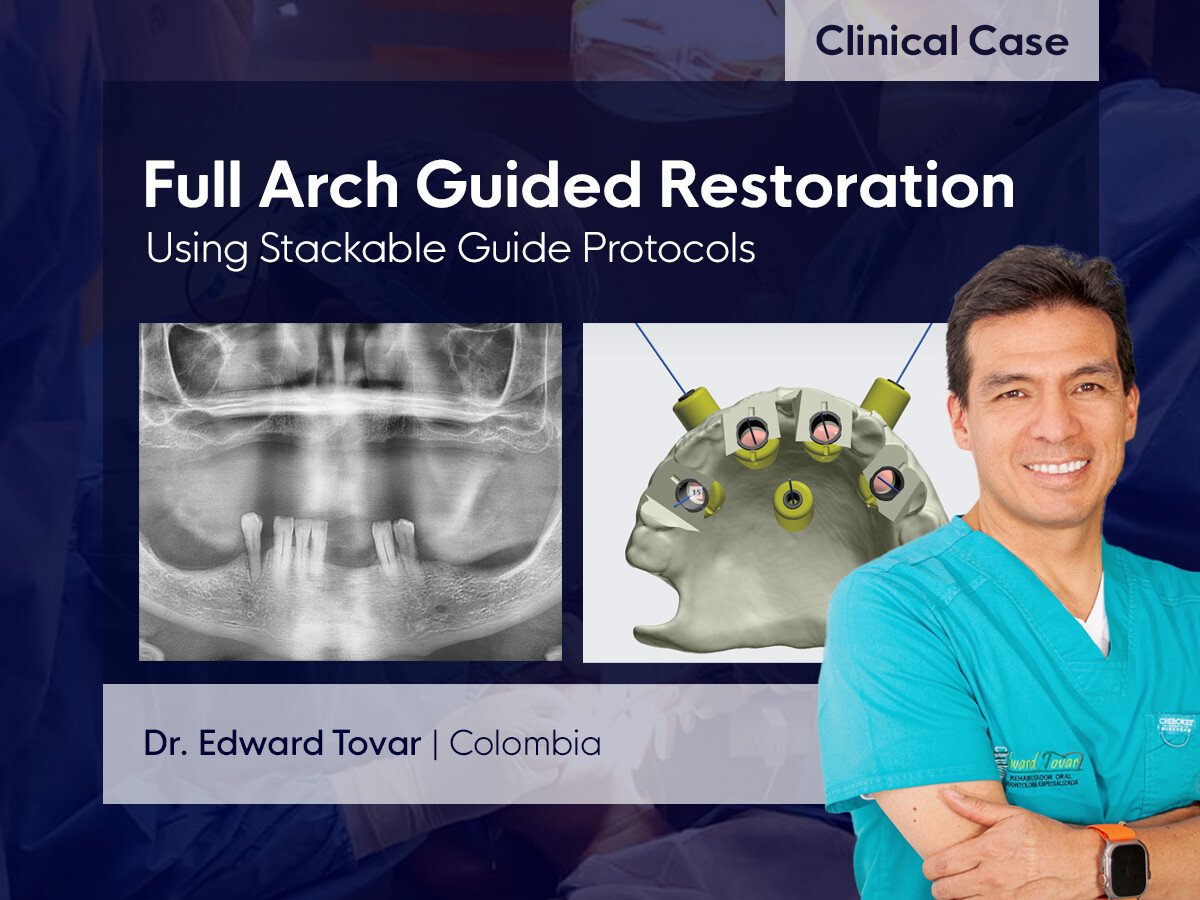

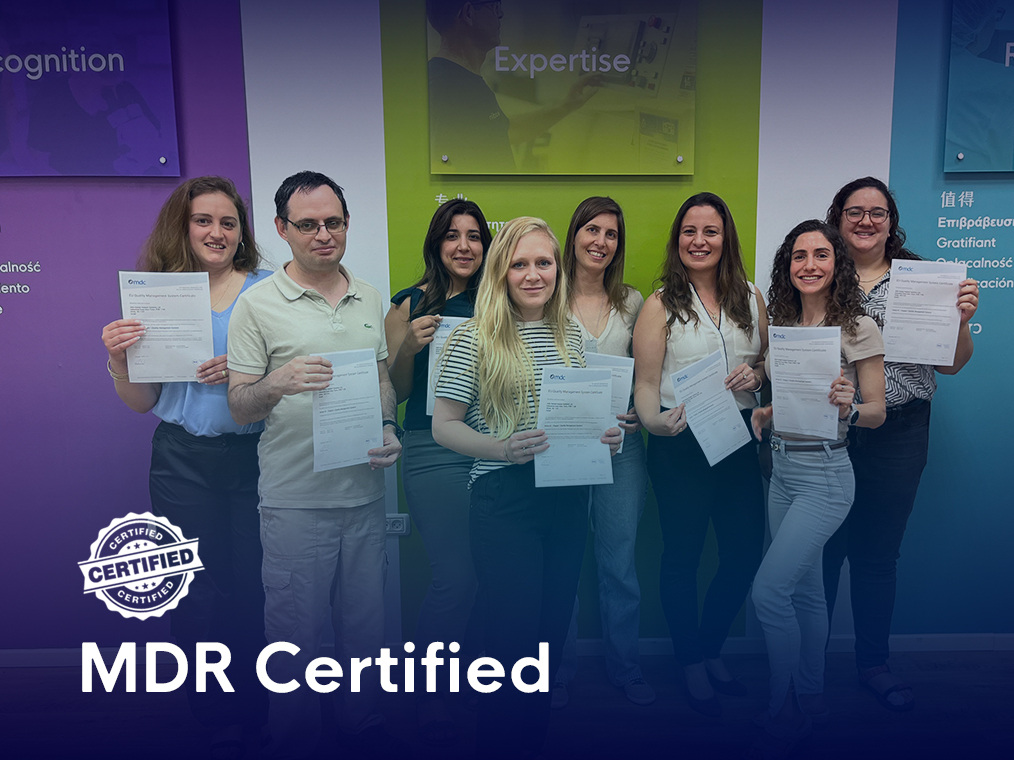
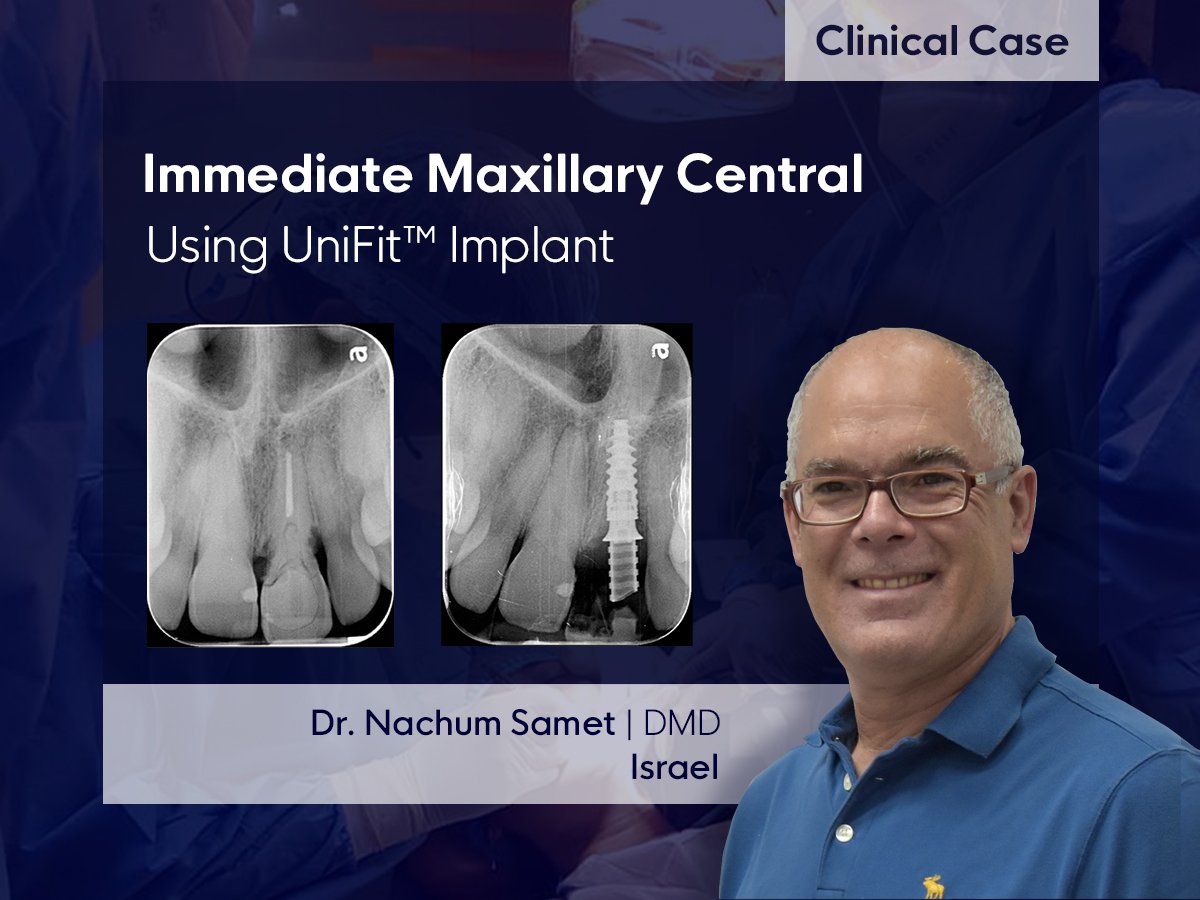
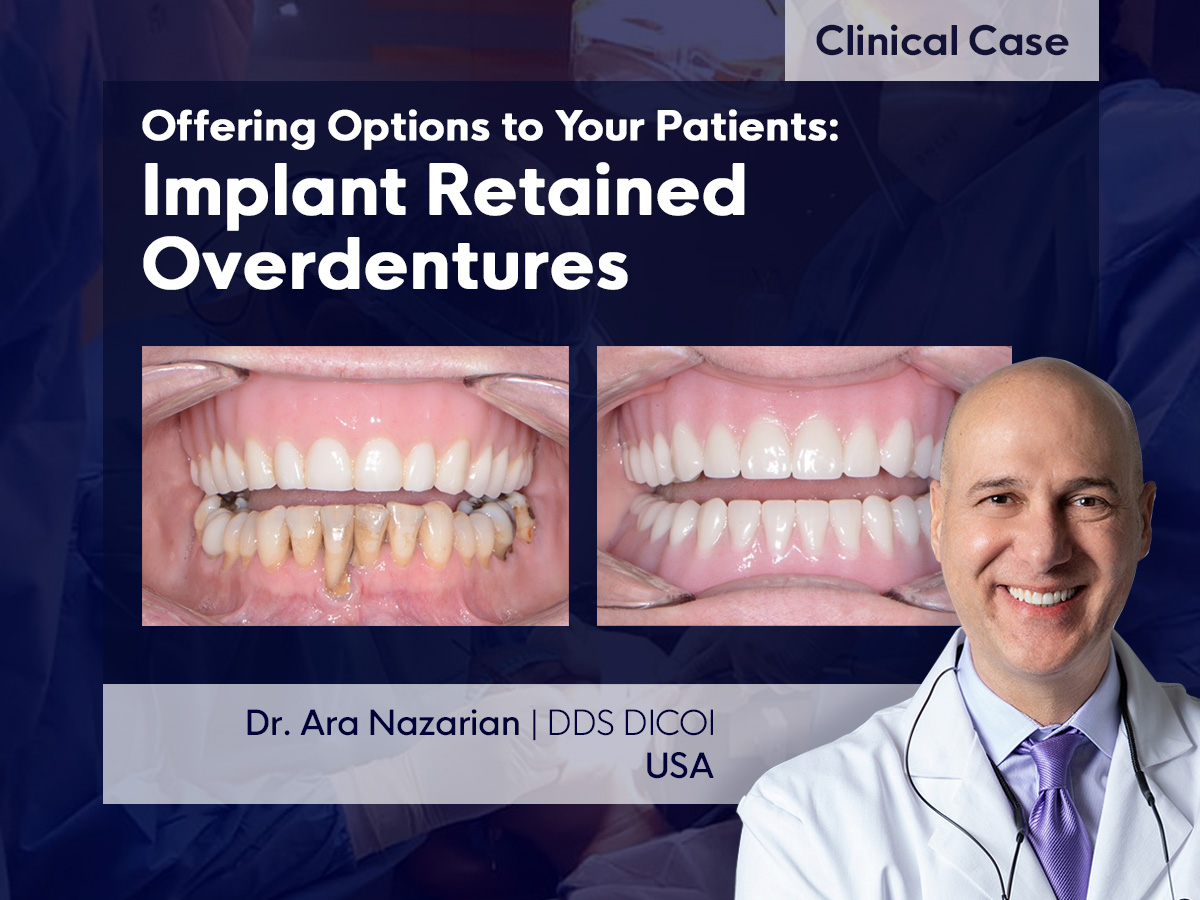
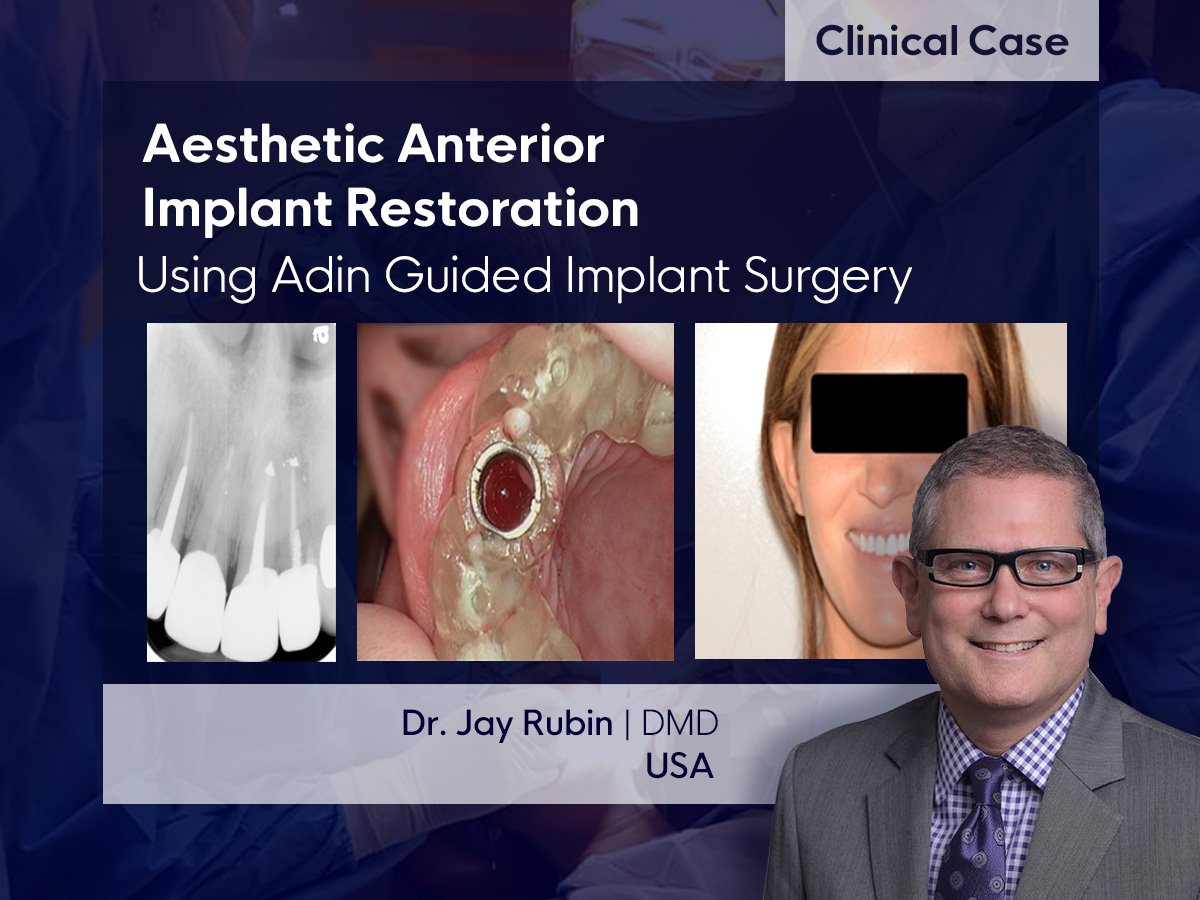

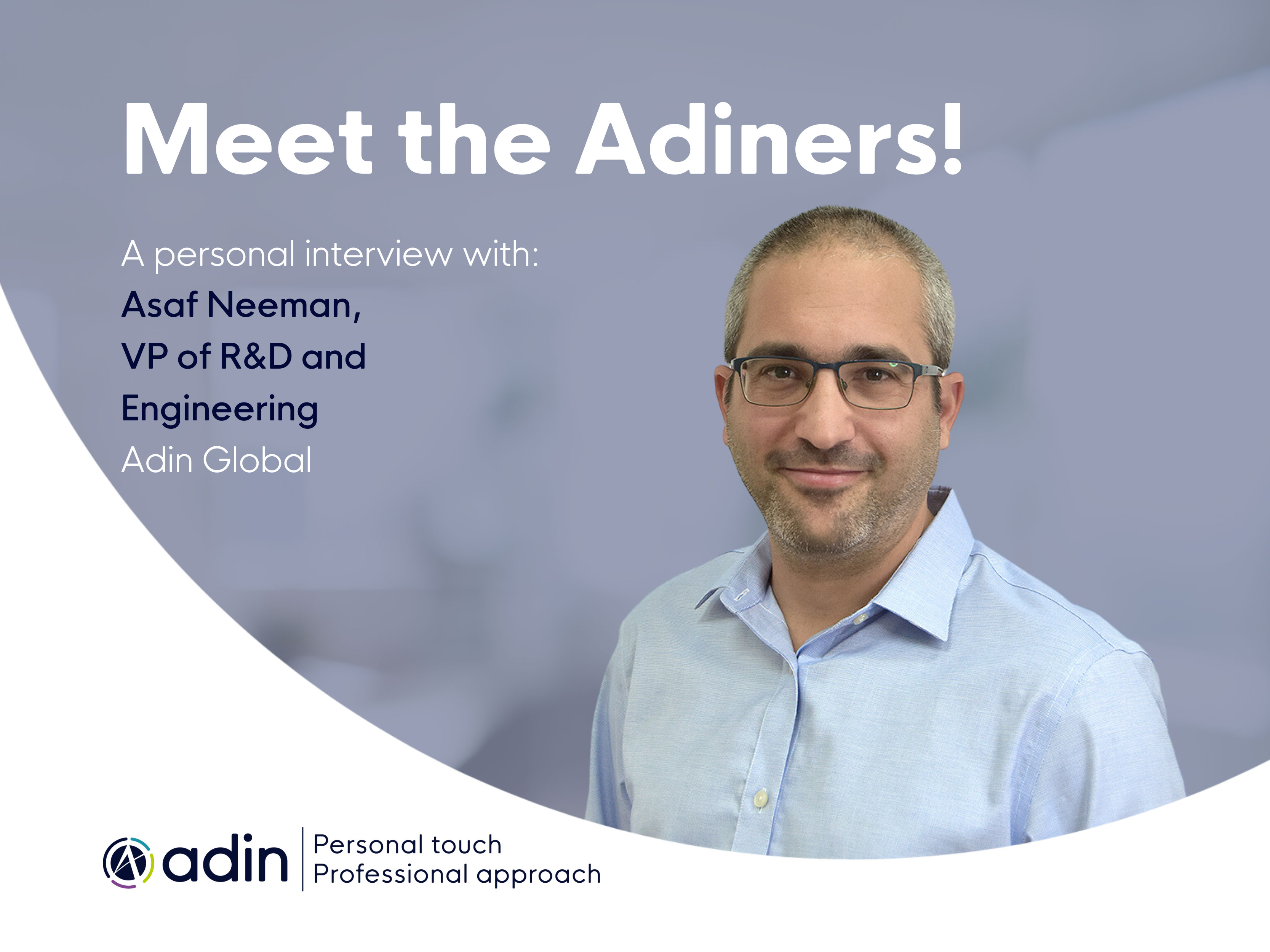


Leave a Comment